Why Low Cost Vertical Easy Balcony Solar Panel Kits Matter Globally
In a world where energy demands keep skyrocketing, and climate change has become an undeniable reality, finding efficient, affordable, and accessible renewable energy solutions is more urgent than ever. Low cost vertical easy balcony solar panel kits fit this bill perfectly. They’re not just a modern convenience—they represent a meaningful way for city dwellers and apartment residents to take part in the green energy movement without the hassle or hefty upfront investments traditionally associated with solar power.
Globally, around 55% of the population lives in urban areas (UN, 2019), and many are tenants or homeowners with limited space; rooftops aren’t always an option, but balconies? Usually yes. And with governments ramping up climate goals, accessible solar technologies can bridge the gap between policy ambitions and everyday individual action.
The Big Picture: Why These Kits Make Sense Now
According to the International Energy Agency (IEA), solar capacity has quadrupled in the past decade, but most growth focuses on large-scale installations. Meanwhile, many residential buildings remain energy hogs, stuck with expensive grid electricity or outdated setups. This is where low cost vertical easy balcony solar panel kits come in. Easy to install, inexpensive, and optimized for tight spaces, they allow urbanites to generate their own clean power — cutting bills, reducing carbon footprints, and even increasing property value.
However, challenges such as complicated installation, aesthetic restrictions, and regulatory hurdles often discourage potential users. This is precisely what makes these kits a game-changer: simple design paired with vertical mounting suits balconies perfectly.
What Exactly Are Low Cost Vertical Easy Balcony Solar Panel Kits?
Simply put, these are compact solar panel units designed to be mounted vertically on balcony railings or walls, tailored for small urban spaces. "Low cost" highlights affordability — no complex custom electrical work or costly permits — while "easy" points to plug-and-play or minimal effort setups, often with non-penetrative brackets.
They’re geared toward apartment dwellers, rental tenants, or those with limited roof access but sunny balconies. By enabling renewable power generation in these constrained environments, they represent a niche yet rapidly growing market responding to urban sustainability challenges and energy independence goals.
Core Features That Make These Kits Practical
1. Durability in Urban Environments
Urban balconies are exposed to variable weather, pollution, and sometimes limited ventilation. These kits use tempered glass panels and corrosion-resistant aluminum frames to ensure longevity. Many come with IP65-rated waterproofing to handle rain and dust without performance loss.
2. Space-Efficient Vertical Design
Instead of sprawling horizontally across rooftops, vertical mounting optimizes limited balcony space and reduces shading losses. It’s also safer for tenant buildings, preventing weight overloads on balcony floors and meeting local safety regulations.
3. Plug-and-Play Electrical Setup
One of the biggest hurdles in residential solar is complicated wiring. These kits often feature MC4 connectors and inverter options that interface easily with home electrical systems or battery storage—sometimes even designed with DIY users in mind.
4. Cost Efficiency and Accessibility
By using standardized, mass-produced components and simple installation hardware, manufacturers keep prices low. This opens solar power’s door to renters and homeowners with modest budgets.
5. Scalability and Modularity
Many kits allow stacking or linking multiple panels, so users can start small and grow their system according to budget and energy needs.
Product Specifications at a Glance
| Feature |
Specification |
| Panel Type |
Monocrystalline Silicon |
| Power Output |
150W - 300W per Panel |
| Dimensions |
1000mm x 300mm x 35mm |
| Weight |
4.5 - 6 kg |
| Mounting |
Non-penetrative Clamp Brackets |
| Waterproof Rating |
IP65 |
Mini takeaway: These kits blend thoughtful design with practical specs, making urban solar adoption smoother than it sounds.
Who’s Using These Kits? Real-World Applications
The beauty of these solar kits is in their nimbleness. In Europe, where urban density is famously high, many residents use them to cut electricity expenses while meeting ambitious carbon-neutral city targets. In parts of Asia, particularly in rapidly urbanizing neighborhoods, NGOs have distributed these kits as quick green power solutions in multifamily housing.
Industrial applications include remote monitoring stations or security cameras in constricted building perimeters, where wiring is difficult but solar power remains essential.
One community energy project in Spain installed vertical balcony panels on social housing buildings, not only slashing communal electric bills but also empowering residents to participate in climate action.
Vendor Comparison: Key Players and Offerings
| Vendor |
Price Range (USD) |
Panel Wattage |
Installation Type |
Warranty |
| SunBalcon |
$180–$280 |
150W - 200W |
Clamp-on, No Drilling |
5 years |
| EcoVerti Solar |
$220–$350 |
250W - 300W |
Wall-Mounted, Minimal Tooling |
7 years |
| UrbanSun Kits |
$160–$260 |
130W - 180W |
Plug & Play, Snap Fit |
3 years |
Mini takeaway: Price and installation types vary, so consider your building type, budget, and how hands-on you want your setup to be.
Why Invest in These Solar Panel Kits?
- Cost Savings: Reduce monthly electricity bills significantly over time.
- Environmental Impact: Cut carbon emissions, especially in cities where energy consumption is high.
- Increased Energy Independence: Protect yourself against rising energy prices and grid instability.
- Easy Maintenance: With no complicated rooftop access, upkeep is safer and simpler.
- Social Empowerment: Many say adopting such tech feels like “doing your bit” — a small but empowering action in a complex environmental challenge.
Emerging Innovations and Trends
The next frontier for these kits includes integrating smart sensors and IoT connectivity, enabling real-time performance tracking via smartphones. Manufacturers are experimenting with flexible thin-film solar materials, making panels even lighter and more adaptable to curved balcony surfaces.
Policy-wise, some cities are offering subsidies and streamlining permits for micro-scale urban solar installations. Add to this the growing green financing options designed for urban households, and the potential for rapid uptake becomes clear.
Challenges to Keep in Mind
It’s not all sunshine and roses, unfortunately. Common challenges include:
- Shade and Orientation: Balconies might face north or be shaded by neighboring buildings, limiting effectiveness.
- Building Regulations: Some apartment complexes or homeowners associations restrict modifications visible from outside.
- Limited Power Output: These kits won’t cover whole apartment energy needs but serve as supplemental power.
The good news is, many vendors provide shade-tolerant panels and modular solutions tailored for moderate output, and advocacy efforts are improving regulatory acceptance. Plus, pairing these systems with home batteries or smart meters often helps maximize advantage.
Frequently Asked Questions About Low Cost Vertical Easy Balcony Solar Panel Kits
Q1: How easy is installation? Do I need a professional?
Most kits are designed for easy installation, often with clamp-on brackets or non-penetrative mounts. Basic electrical work might be needed if you want to grid tie it, but many brands offer plug-and-play options. If unsure, consulting a professional electrician is wise.
Q2: Will my balcony panel generate enough energy to power large appliances?
Generally no, these panels provide supplemental energy for lights, chargers, or small devices but not for high-consumption appliances like air conditioners. They’re great for reducing your overall grid dependency rather than complete energy replacement.
Q3: Can renters install these kits without damaging property?
Yes, that’s one of the key advantages. Most kits come with non-invasive mounting systems that don’t require drilling or structural changes — ideal for rental agreements where property modifications are limited.
Q4: How do I maintain the solar panels?
Regular cleaning every few months to remove dust and debris is usually enough. Given their vertical position, rain often helps, but urban grime can accumulate, so a soft cloth wash is recommended.
Q5: Are these kits weather-resistant?
Absolutely. Most kits are built with durable materials and come with IP65 or equivalent ratings making them suitable for rain, wind, and dust typical in urban environments.
Conclusion: Why Now Is the Time to Go Solar on Your Balcony
Low cost vertical easy balcony solar panel kits are more than just a niche gadget — they’re a practical, affordable step toward sustainable urban living. Reducing electricity costs, lowering your carbon footprint, and contributing to a cleaner cityscape have never been this accessible. If you’re curious how these kits could fit into your life or building, there’s no better moment than now to learn more.
Ready to make a difference? Visit our website: https://www.tsun-ess.com and explore your solar options today.
References
- United Nations, Department of Economic and Social Affairs, "World Urbanization Prospects" (2019)
- International Energy Agency (IEA), "Solar PV" Market Report (2023)
- ISO 9060:2018, Specification and classification of instruments for measuring hemispherical solar and direct solar radiation
 LEARN DETAILS
LEARN DETAILS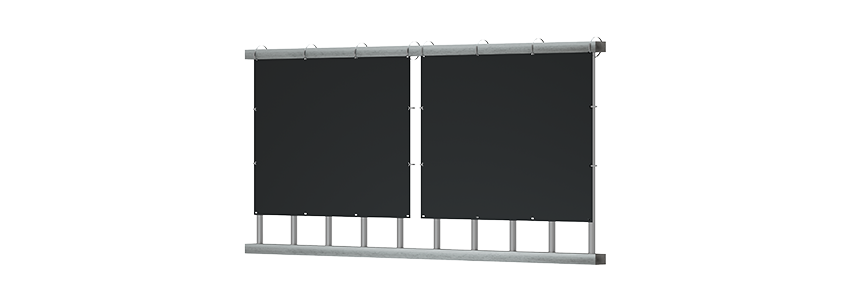
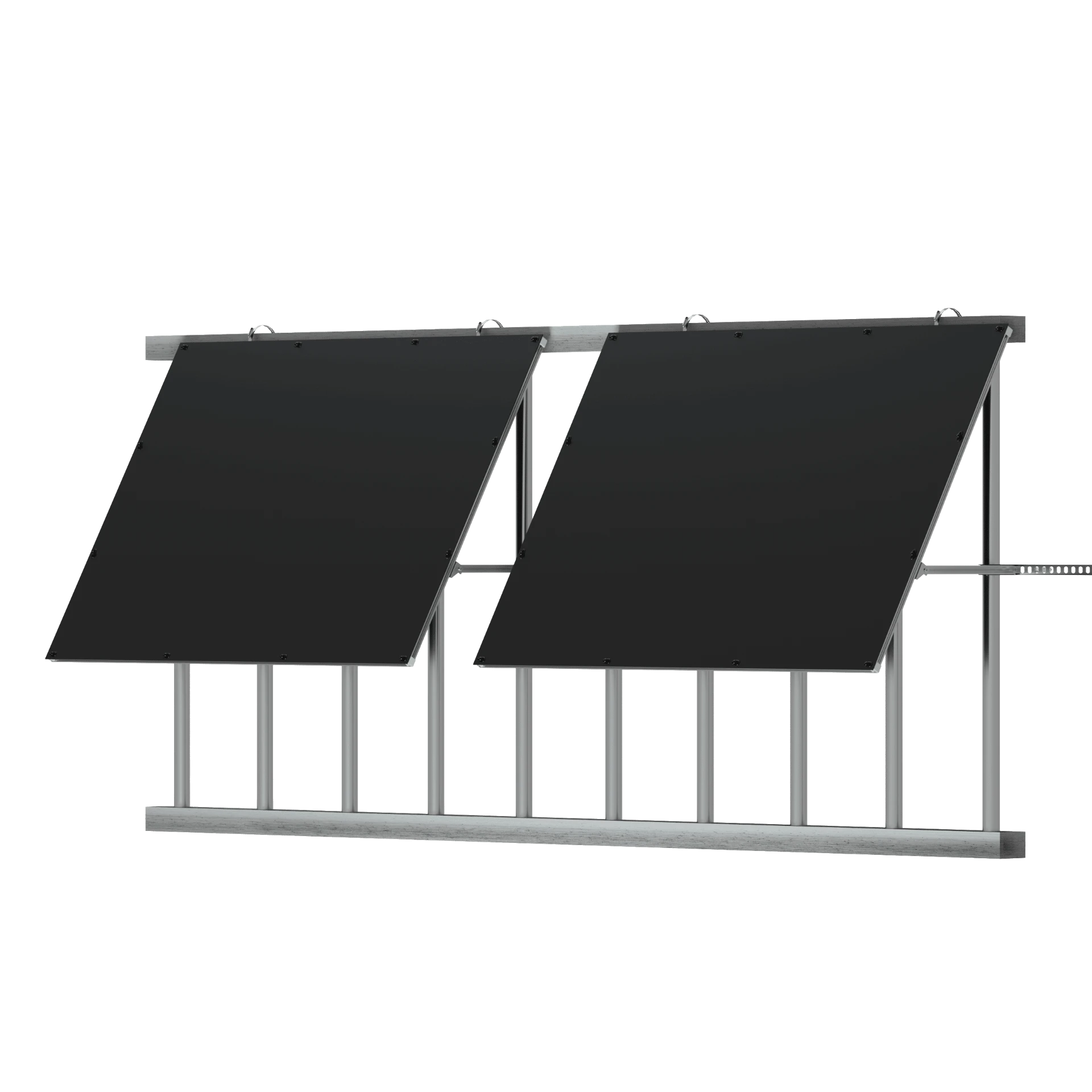



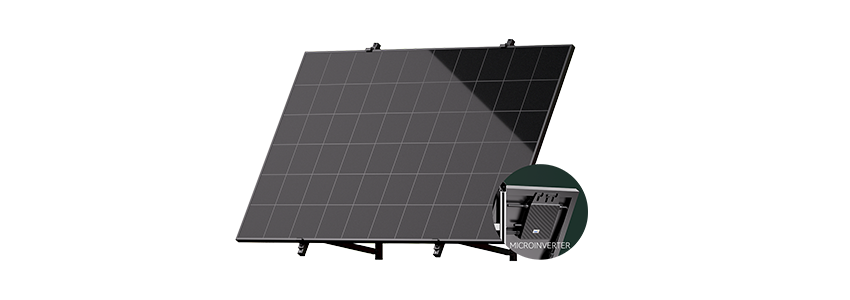
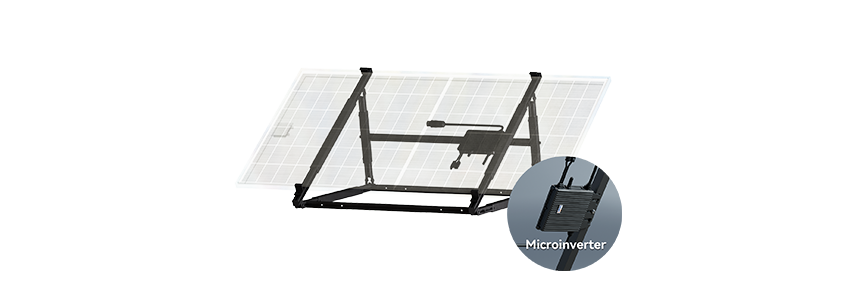
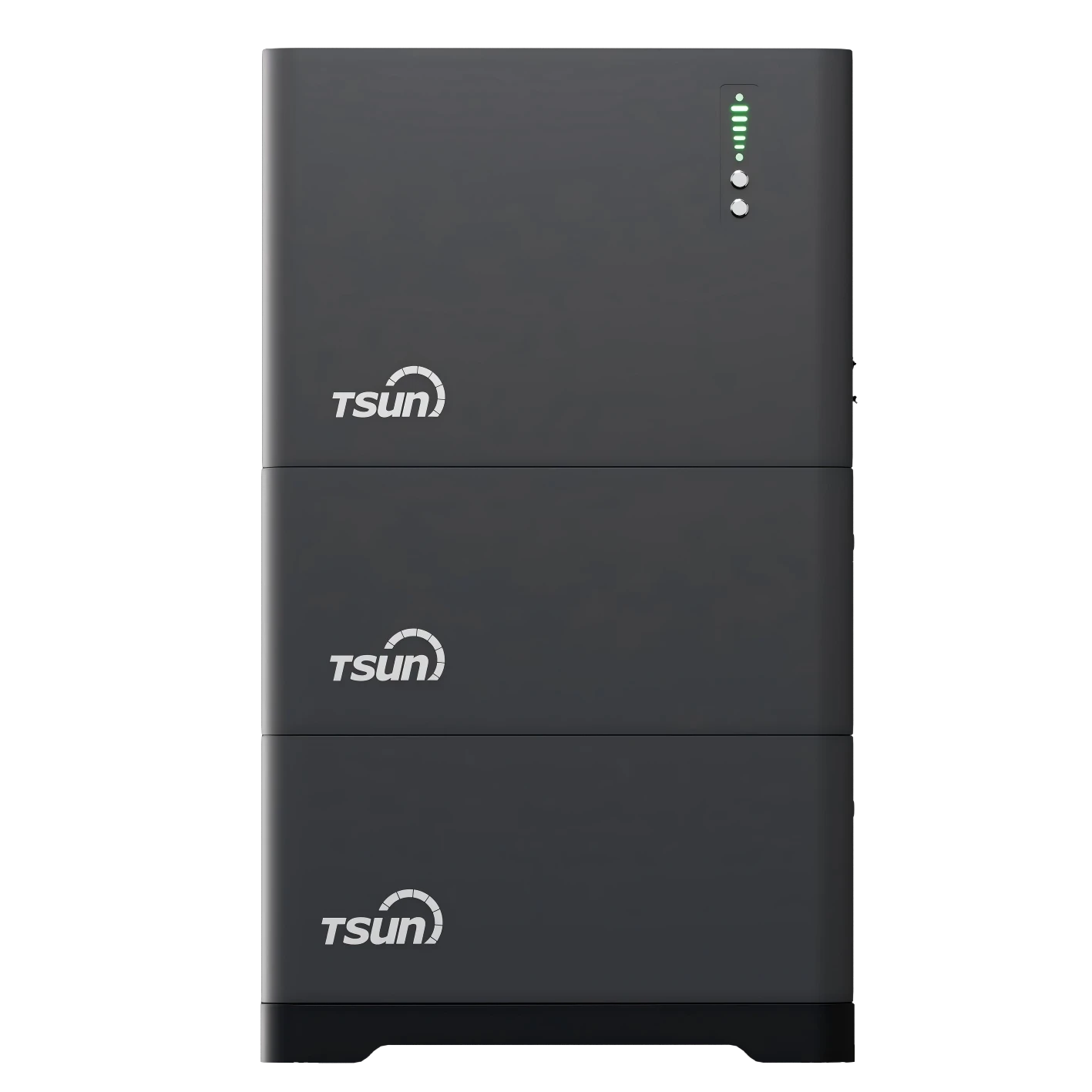
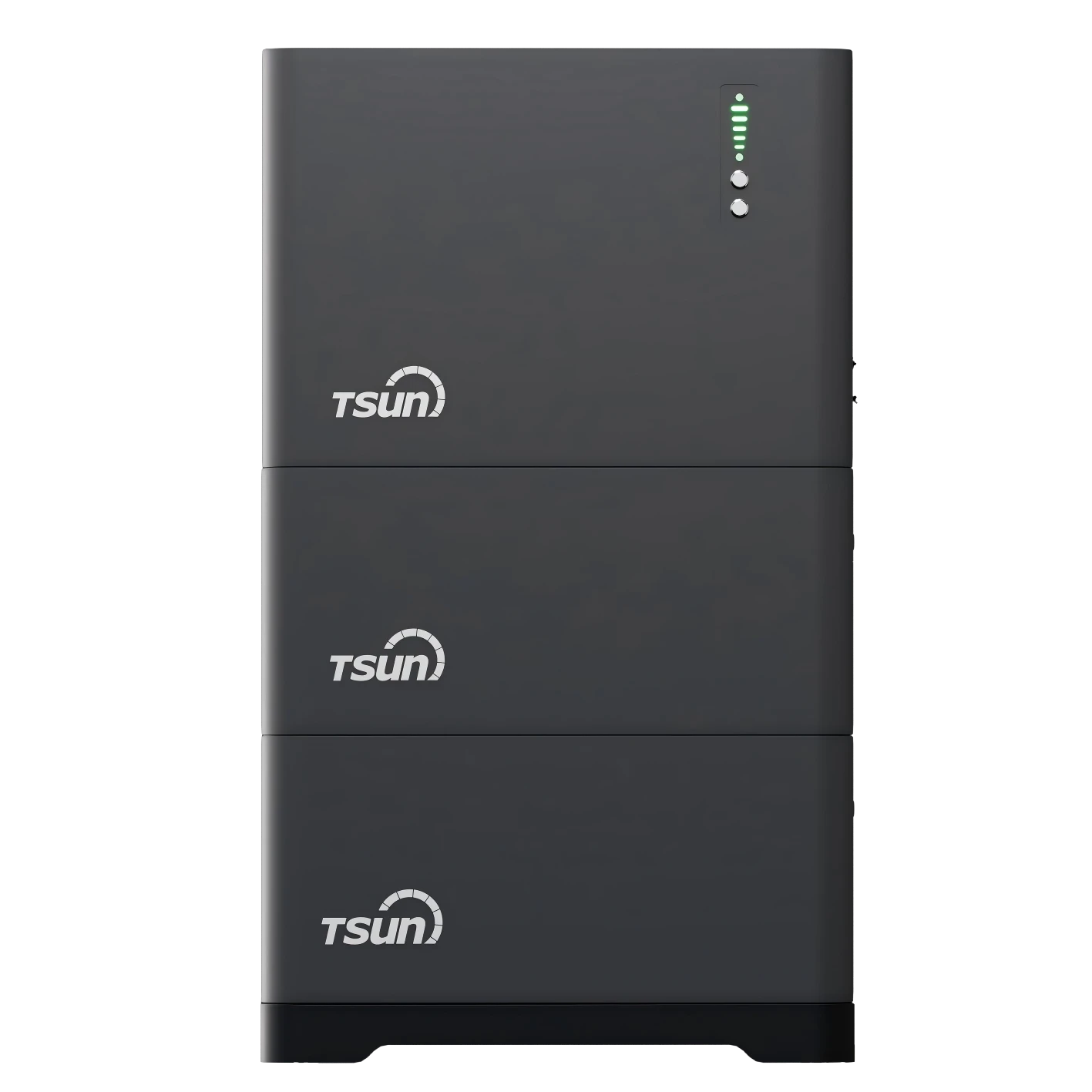
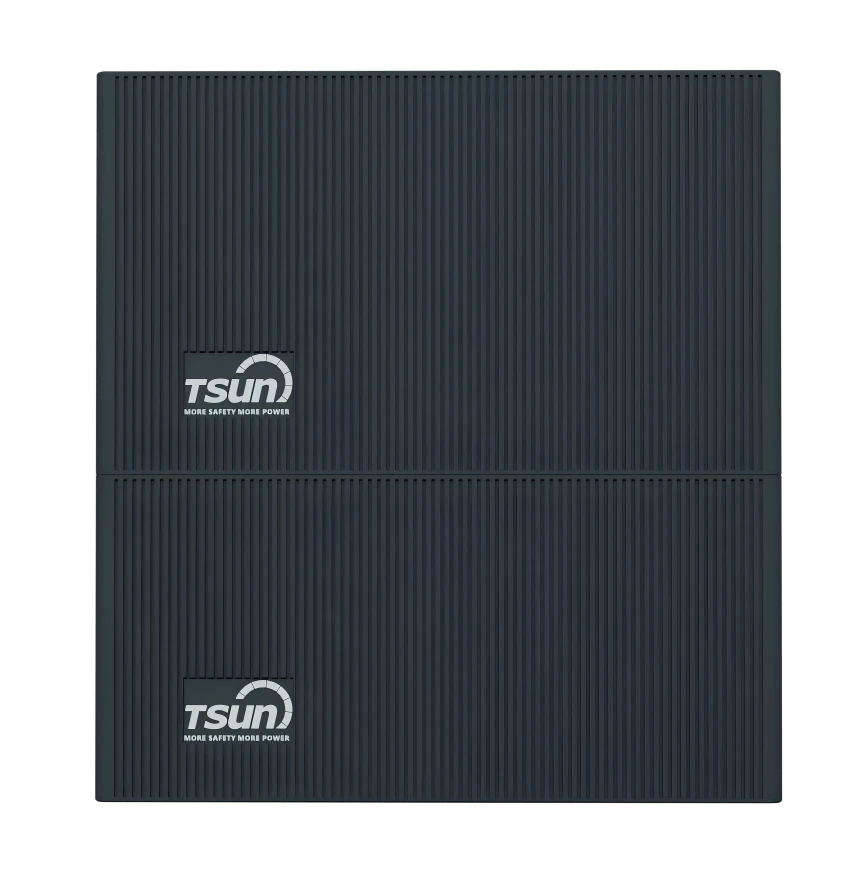

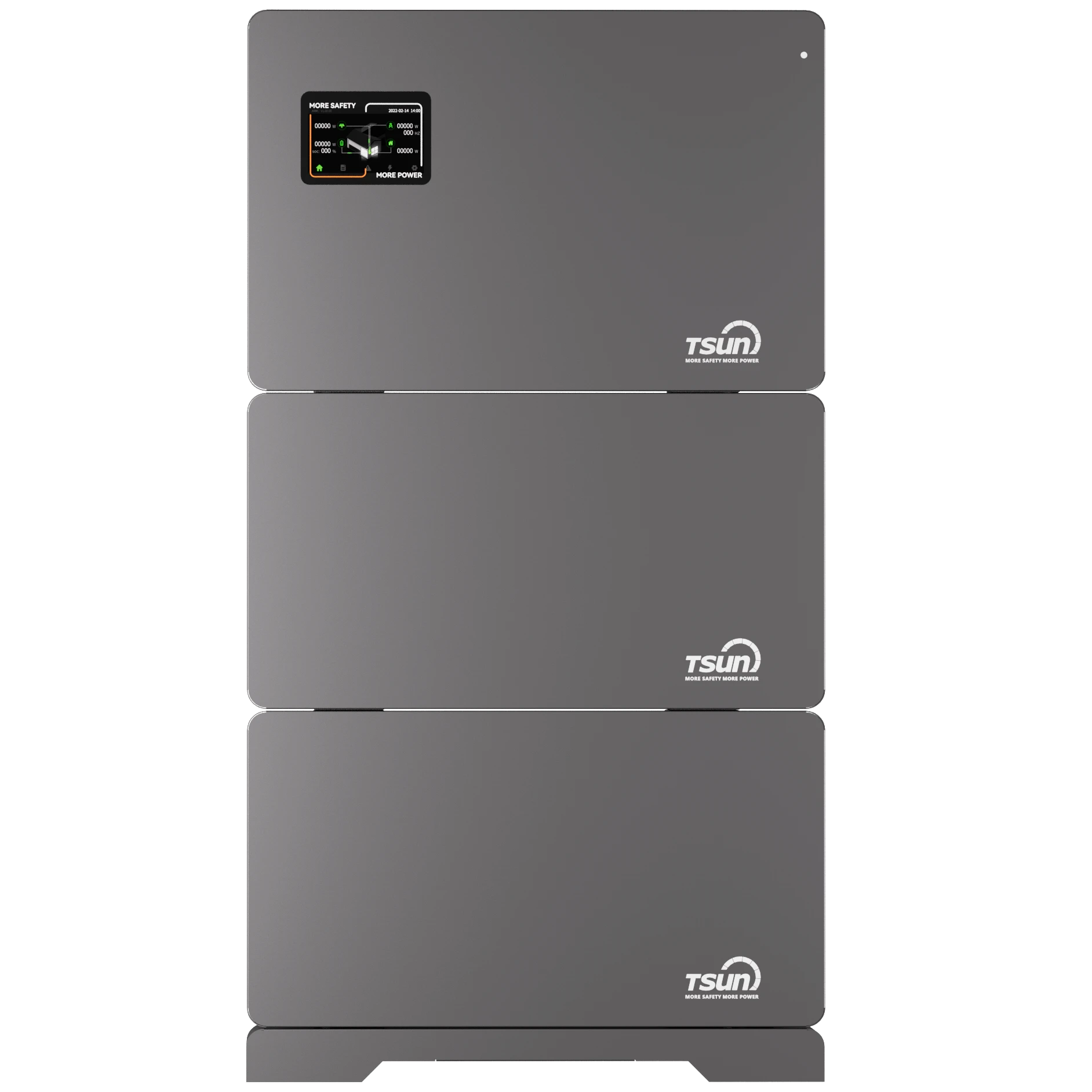



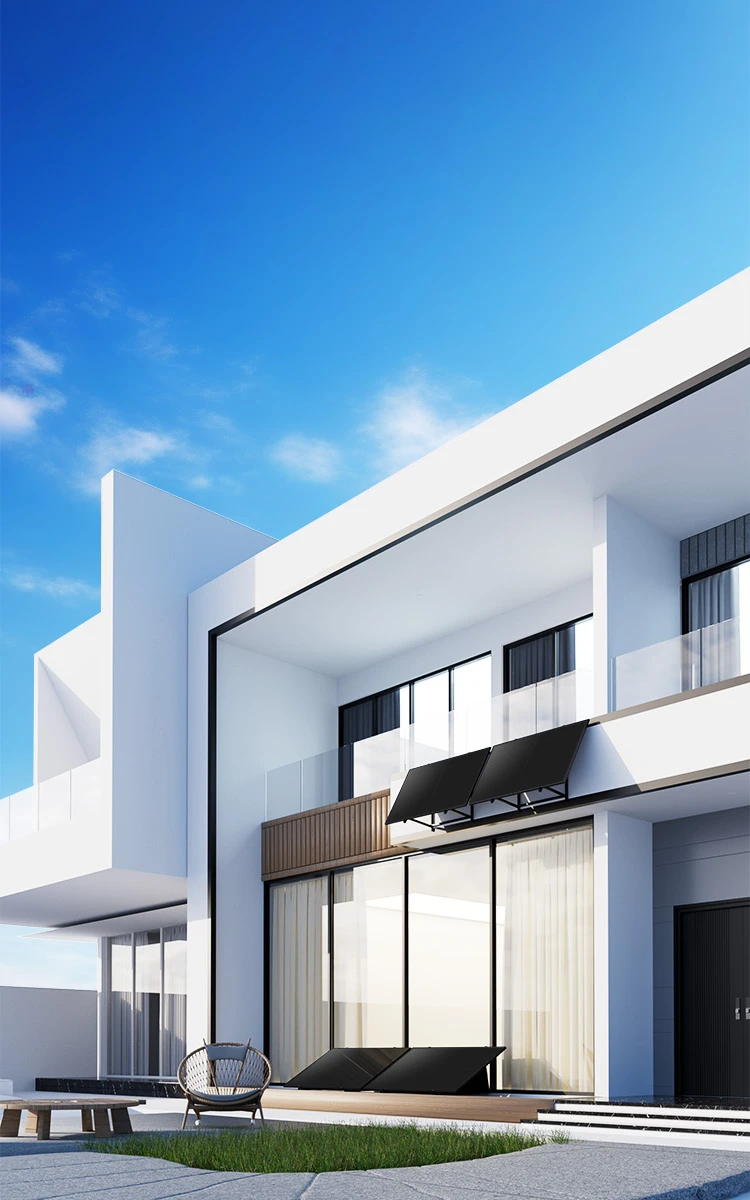
 LEARN DETAILS
LEARN DETAILS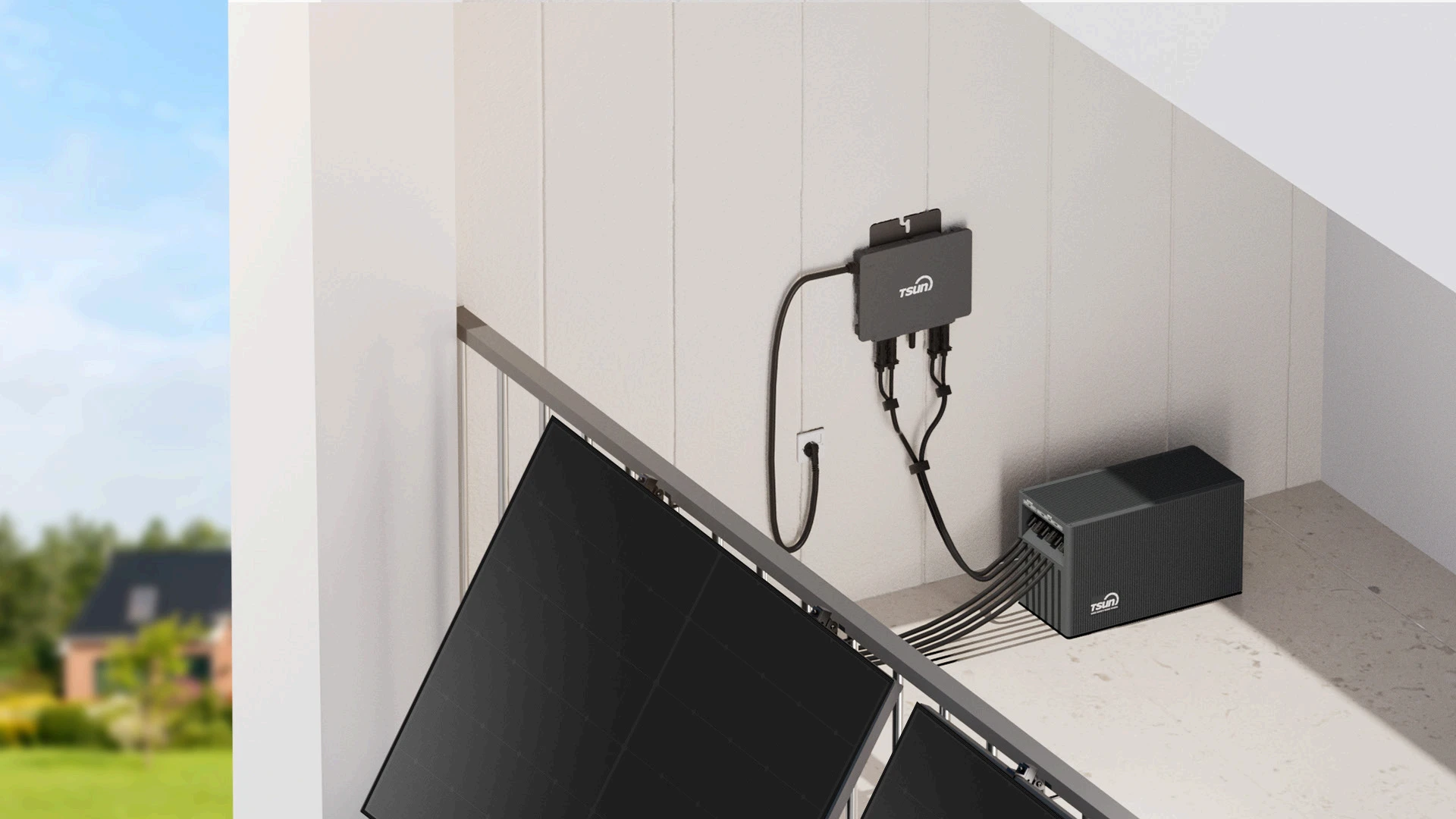
 LEARN DETAILS
LEARN DETAILS
 LEARN DETAILS
LEARN DETAILS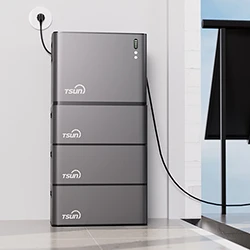
 LEARN DETAILS
LEARN DETAILS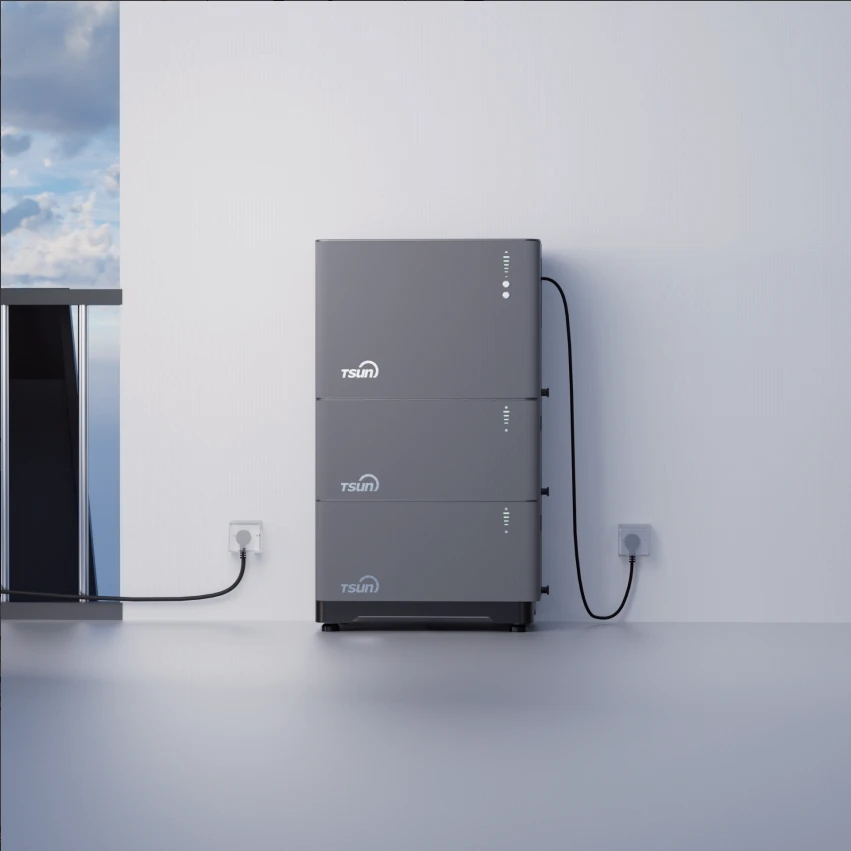
 LEARN DETAILS
LEARN DETAILS

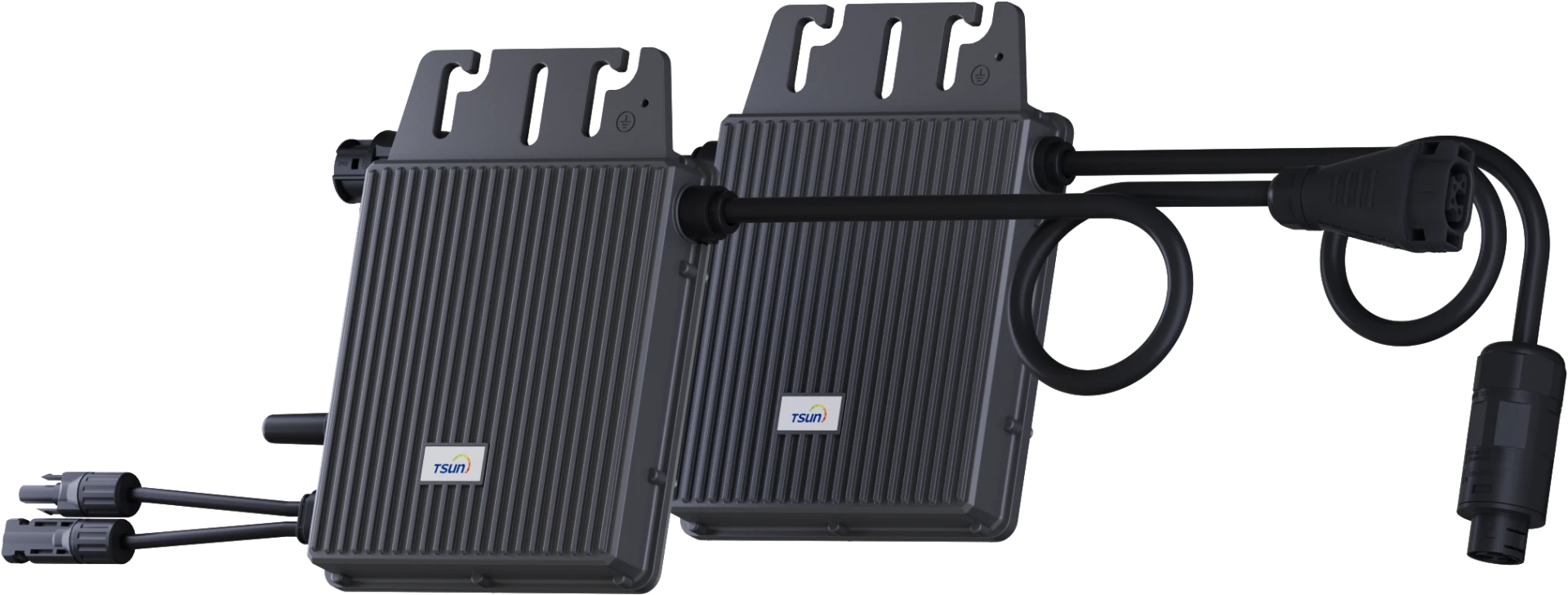

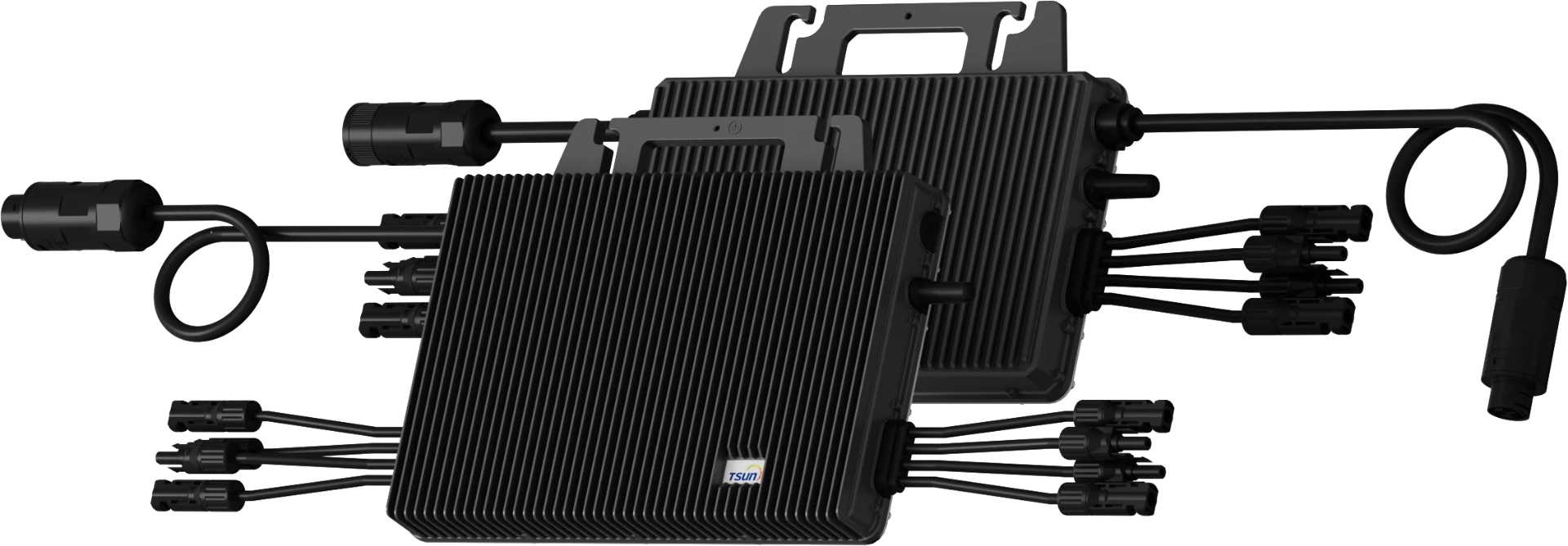
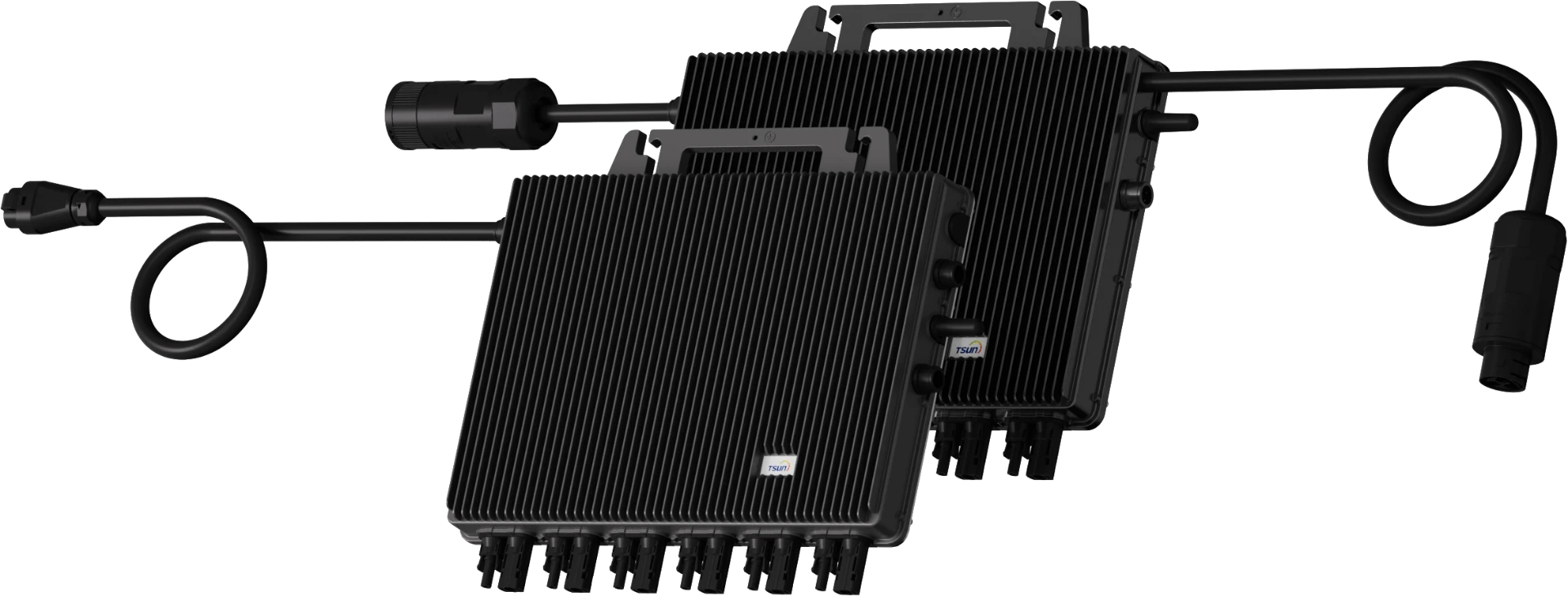
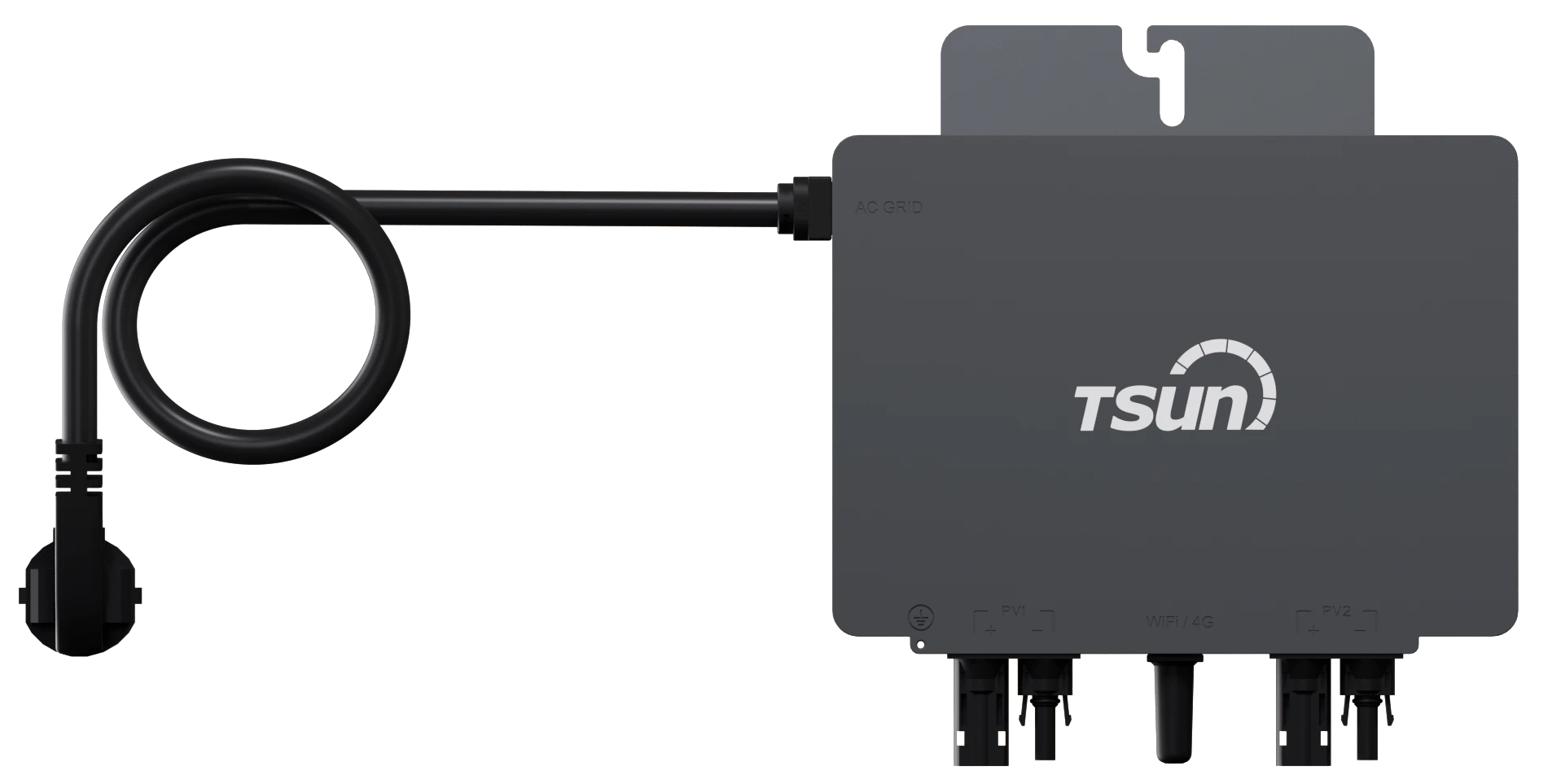
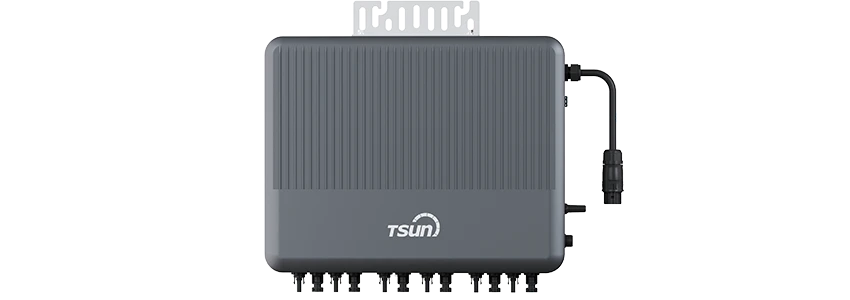
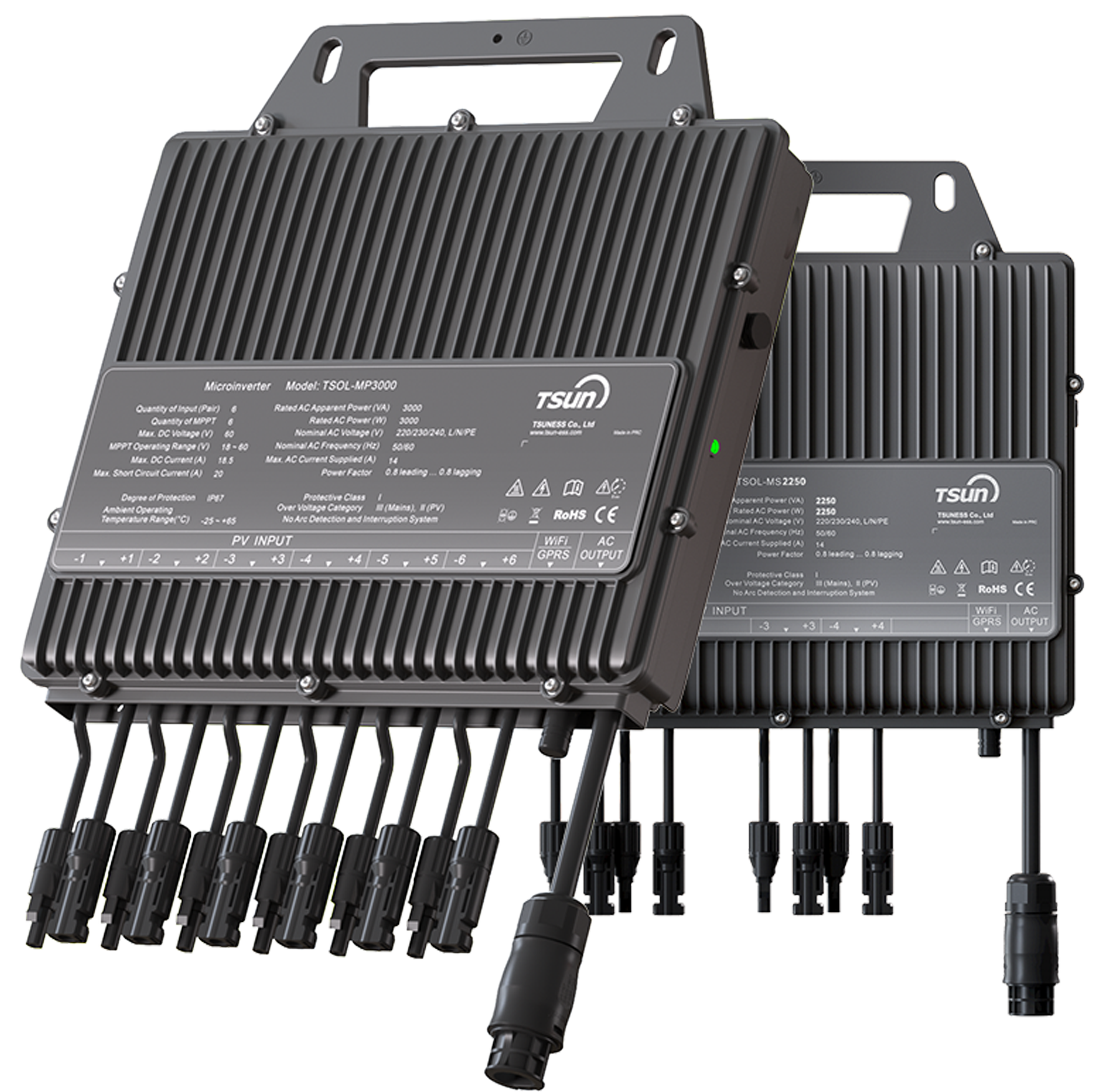
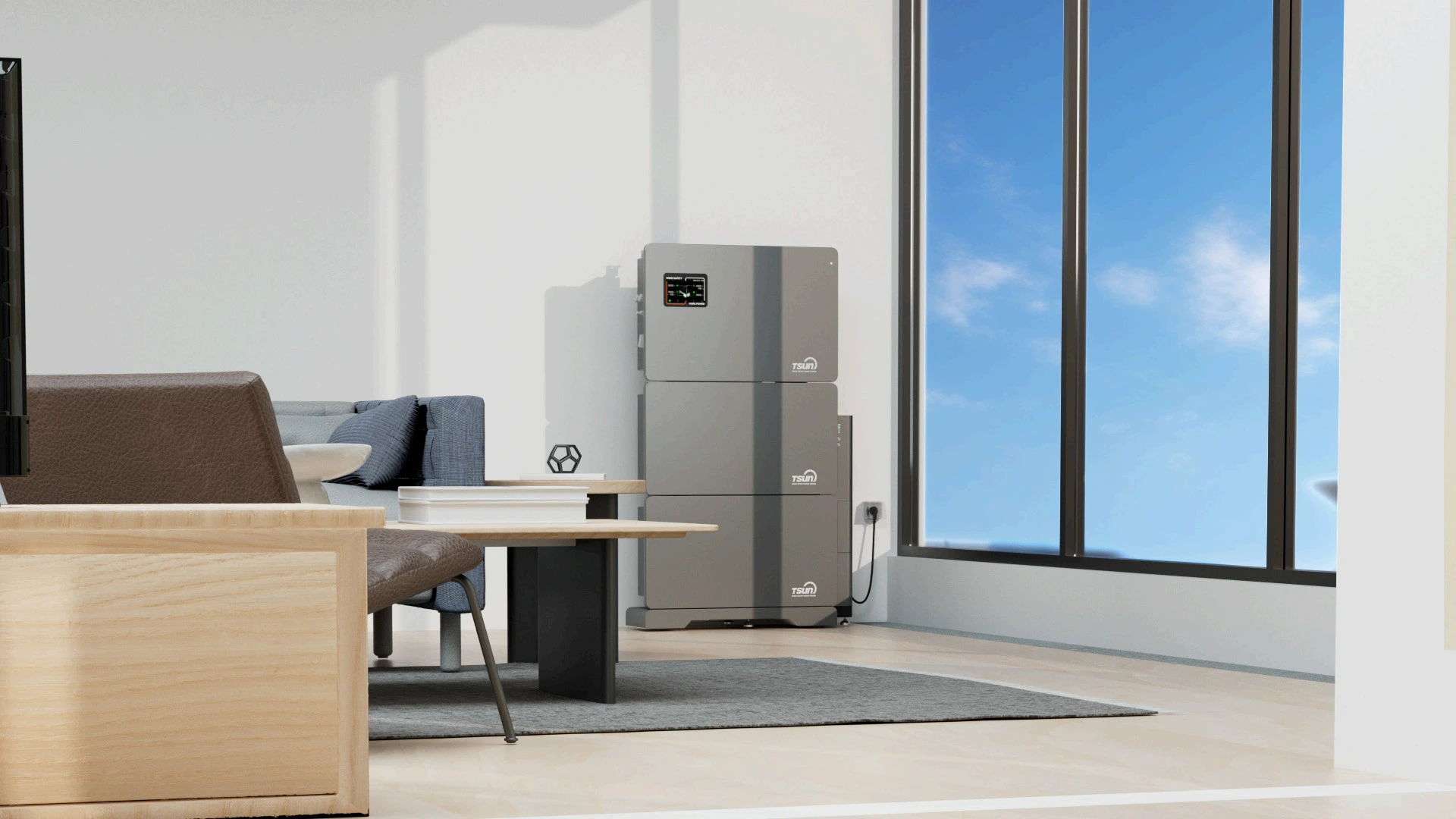

 Downloads
Downloads Video Center
Video Center Report Fault for Repair
Report Fault for Repair FAQS
FAQS Service Network
Service Network Privacy Policy
Privacy Policy Contact Us
Contact Us Monitoring
Monitoring


 LEARN MORE
LEARN MORE








